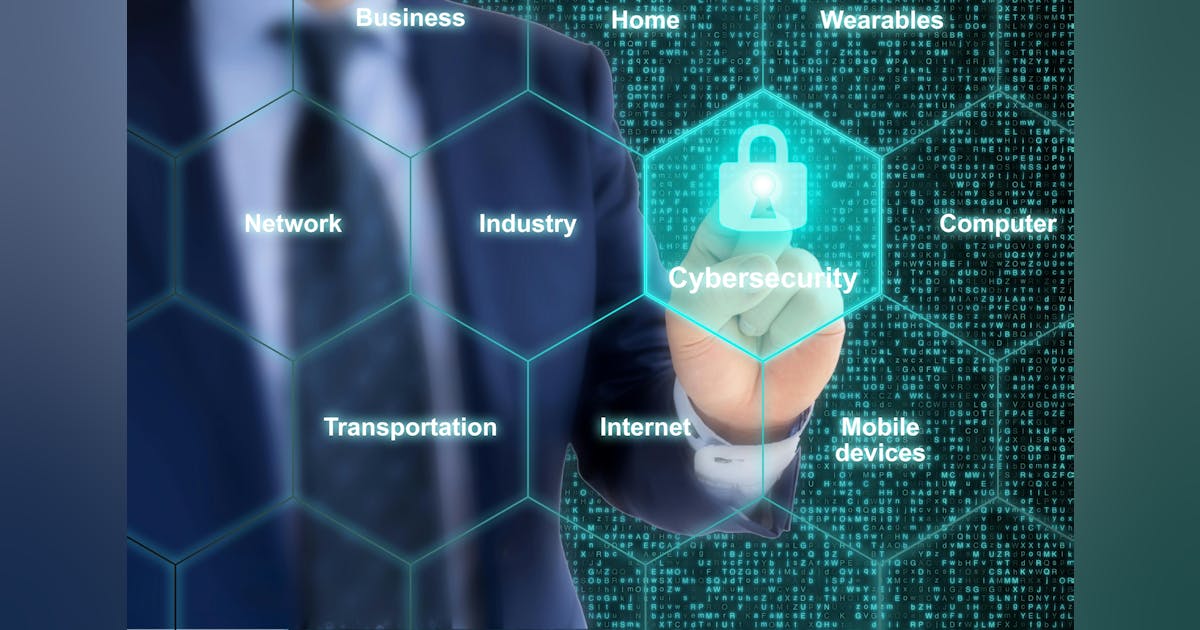Logistics Companies Say Cybersecurity Is Their Biggest Daily Challenge
And Only 28% Are Ready for AI Threats
While transportation and logistics companies scramble to defend against today's threats, they're walking blindfolded into tomorrow's AI-powered attack landscape.
The Daily Cybersecurity Crisis in Logistics
Aryaka's latest State of Network Security in Transportation & Logistics survey delivers a stark wake-up call: 81% of organizations identify staying ahead of cybersecurity threats as their biggest day-to-day networking challenge. This isn't a strategic concern for next quarter—it's what's keeping logistics professionals up every single night.
The threat landscape is relentless, with ransomware and malware attacks topping the concern list at 77%, followed by policy enforcement challenges (66%) and remote access control issues (64%). But here's the blindspot that should terrify every logistics CISO: only 28% have started implementing solutions to mitigate generative AI network and security challenges, while 56% are either still evaluating risks or completely unprepared.
Original Article/Survey Link:

Additional Analysis and Recommendations:
Why Logistics Is Uniquely Vulnerable
Transportation and logistics organizations face a perfect storm of cybersecurity challenges that other industries don't experience at the same scale:
Hyperconnected Operations: Supply chains are becoming more connected, cloud-enabled, and AI-enabled, creating exponentially more attack surfaces than traditional industries
Distributed Infrastructure Complexity: 74% rely on hybrid mixes of private data centers and cloud environments, with legacy applications actively migrating to cloud platforms
Resource Constraints: 60% report understaffed IT teams while trying to manage increasingly complex threat landscapes
Mobility Requirements: Unlike manufacturing, transportation requires extensive remote access capabilities, expanding the attack surface significantly
The AI Threat Multiplier Effect
The survey reveals a dangerous disconnect between AI adoption momentum and security preparedness. While companies rush to implement AI for operational efficiency, they're creating new vulnerabilities faster than they can secure them.
Current AI Security Gap: Organizations are implementing AI-powered logistics optimization, predictive maintenance, and automated routing without corresponding security frameworks
Attack Surface Expansion: Each AI integration point becomes a potential entry vector for sophisticated attacks designed to manipulate logistics operations
Data Poisoning Risks: AI models trained on compromised logistics data could make decisions that disrupt entire supply networks
Advanced Defense Strategies for Logistics
The organizations reducing their cybersecurity burden are implementing logistics-specific approaches:
Zero Trust for Mobile Operations: Treating every remote connection—from truck terminals to warehouse scanners—as potentially compromised, with continuous verification
Supply Chain Segmentation: Isolating critical logistics systems (WMS, TMS, route optimization) from general corporate networks to contain breaches
AI-Powered Threat Detection: Deploying machine learning specifically trained on logistics communication patterns to identify anomalies in shipping data, route changes, and inventory movements
Operational Continuity Planning: Developing manual backup procedures for critical logistics functions that can maintain 70% operational capacity during extended cyber incidents
Third-Party Logistics Security: Implementing comprehensive security requirements for 3PL providers, freight brokers, and transportation partners
The Cost-Security Balance Crisis
The survey reveals a critical tension: 70% prioritize simplifying and lowering network costs over the next 12 months, while simultaneously facing daily cybersecurity battles. This creates a dangerous dynamic where cost-cutting measures can undermine security investments.
Strategic insight: Organizations that treat cybersecurity as a cost center rather than operational enabler are setting themselves up for catastrophic failures that cost far more than prevention.
Five Critical Questions for Logistics Leaders
- Can you maintain delivery operations for 48 hours if your TMS and route optimization systems are compromised?
- Do you have real-time visibility into the cybersecurity posture of your 3PL providers and freight partners?
- What's your financial exposure if attackers manipulate your AI-powered logistics decisions for 30 days before detection?
- How quickly can you isolate compromised mobile devices without disrupting field operations?
- Are your manual backup procedures tested and updated for current operational volumes?
The Competitive Reality
With 62% struggling with cost-effective modernization and 51% looking to reduce IT workload, the logistics companies that solve the cybersecurity challenge will capture significant competitive advantages. They'll win contracts from security-conscious customers while competitors deal with breaches and operational disruptions.
The data shows that cybersecurity isn't just a technical problem—it's the top operational challenge facing logistics companies daily. The organizations that master logistics-specific cybersecurity will dominate while others get sidelined by attacks they should have seen coming.
The bottom line: If 81% of logistics companies consider cybersecurity their biggest daily challenge, and only 28% are preparing for AI threats, the next wave of attacks will separate the prepared from the paralyzed.
How ready is your logistics operation for threats that 72% of the industry hasn't even started addressing?
